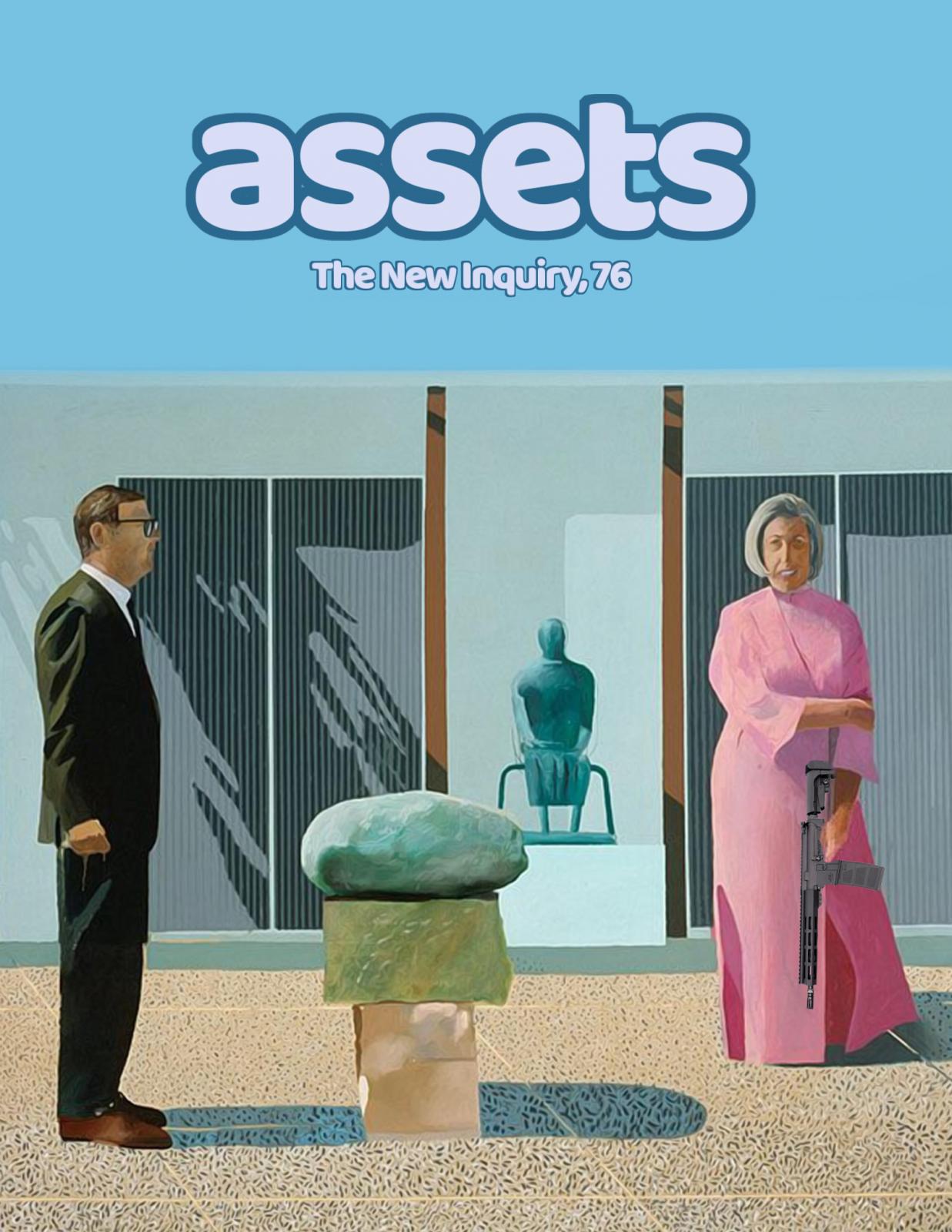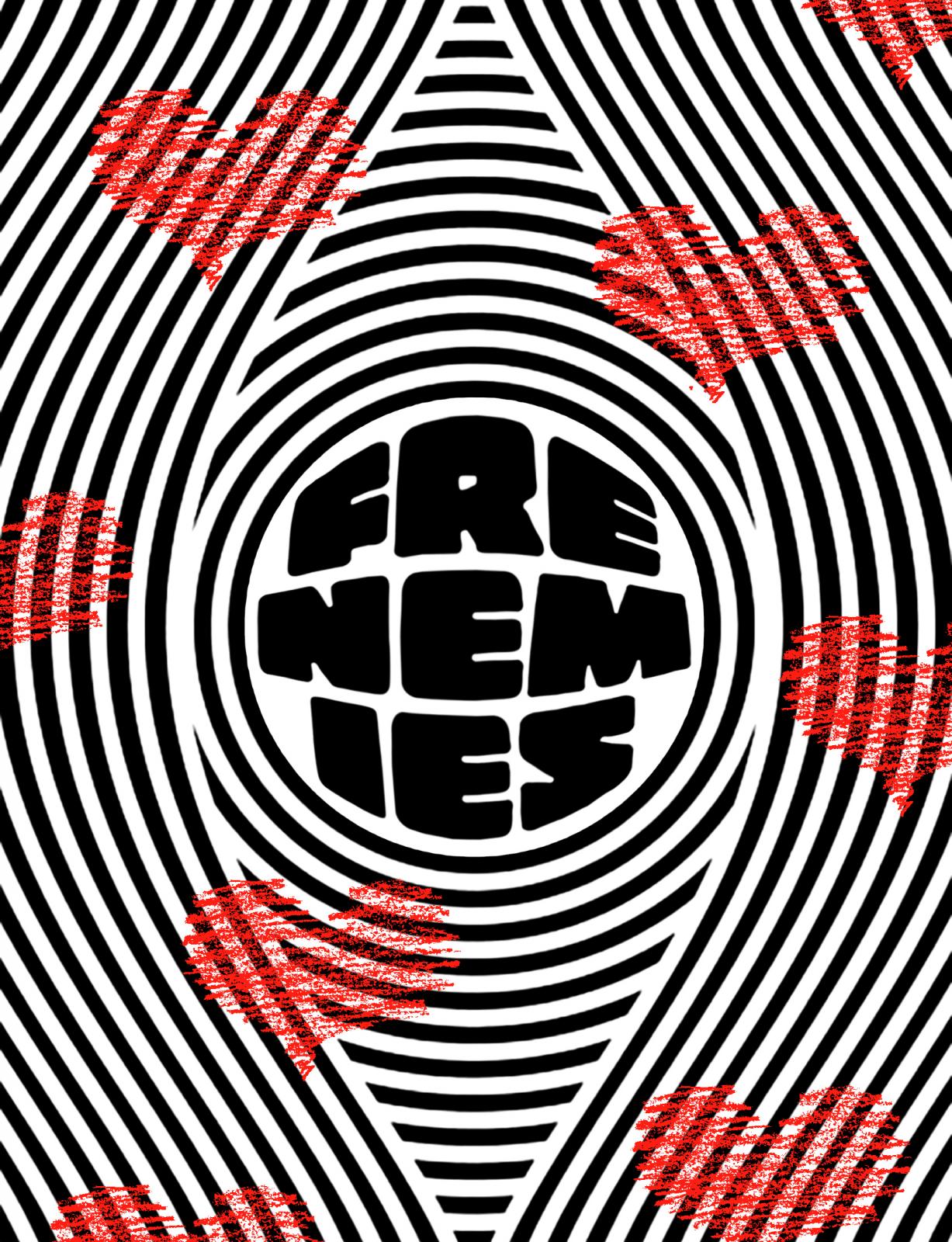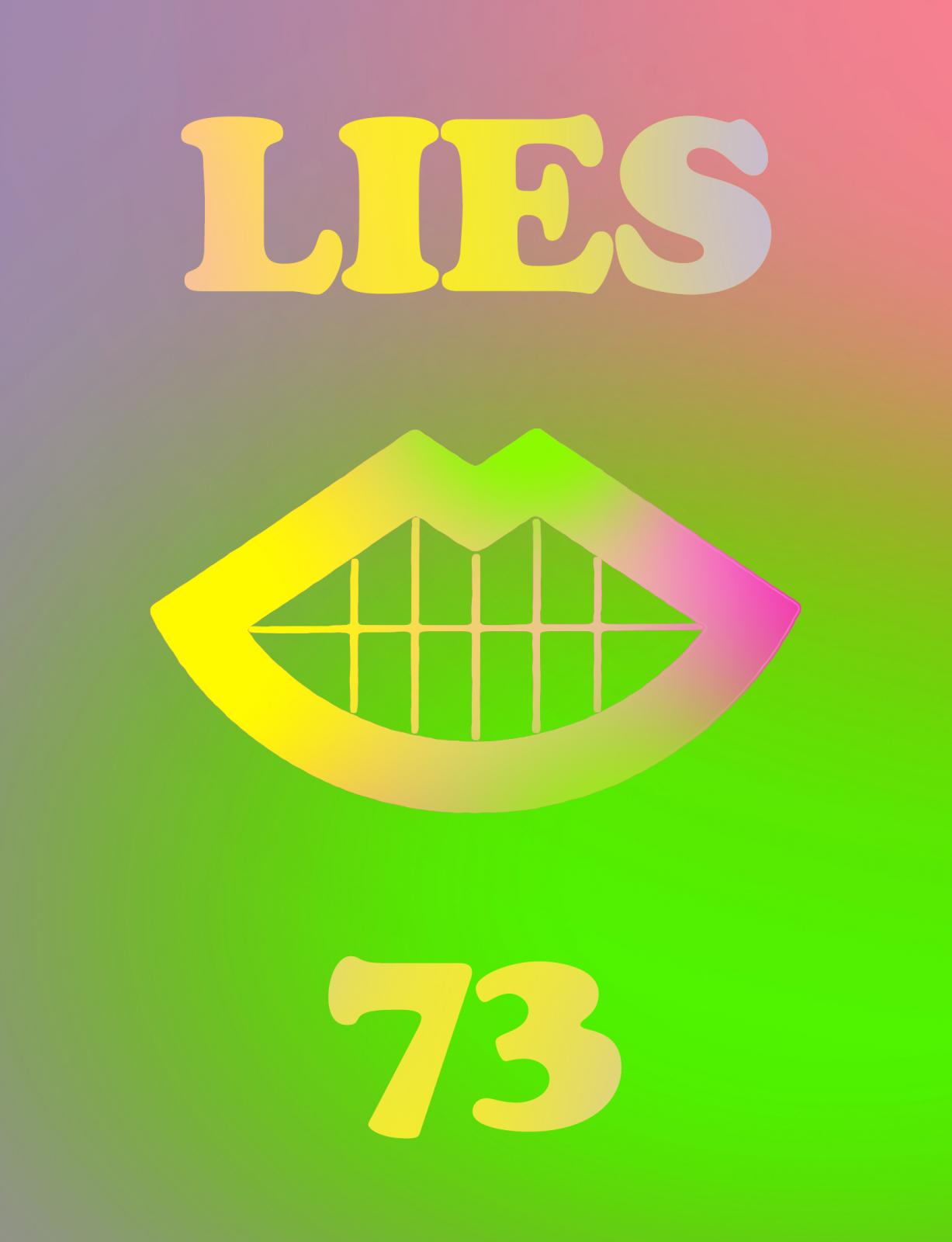Classics
Editors' Note
It’s been clear to most people for some time that the world we live in is ending. This has always been true. And a microcosm of this always-unraveling apocalypse is the long comedown of August. As summer ends so does the world it bore. The school year starts again, an eternal return of the same, yet still with the lingering optimism that maybe this is the year things will be different.
Back to school is also back to the chalkboard battements. School is the alibi for class society; bourgeois society is war. Those who want to approach the knowledge held in the academy must also internalize its mechanisms. Some go on to help it reproduce itself, as teachers. Unexpected success in this self-transformation is sometimes called class mobility, but to celebrate those who are capable of moving admits that the majority are fixed in place. In “On Quitting,” Keguro Macharia explores reaching the limit of an academy that only offers a place for self-expression in exchange for the self’s near-total erasure. His decision, unthinkable in a place that teaches thinking, is to leave, which his fellow sufferers receive as a betrayal.
Those of us without powers to pass or dissemble must live through actual struggles to become the “real deal.” We admire the scars that mark a person as legit, but pay less attention to the trauma that comes with them. Meanwhile, those who cause the greatest harm (the state and its henchman cops) pretend to be vulnerable. Nijah Cunningham and Tiana Reid question the so-called social movement known as “Blue Lives Matter,” which concocts a mythical enemy—the cop killer—and demands that it be destroyed, while mimicking the outrage and sorrow of those who mourn black life taken by the police state. By using state and extralegal power to reinforce narratives of victimhood, the police attempt to give flesh to an impossible subject: blue life. Blue is the coldest color; blue life is only death.
Social death, civil death, near death: American history is riddled with death of all sorts. Death also has a generative presence. In a review of Kelly Lytle Hernández’s book City of Inmates: Conquest, Rebellion, and the Rise of Human Caging in Los Angeles, 1771-1965, Bobby London writes that “protecting our communities is a matter of life and death.” But who are we? And whose future? Whose fantasies? In a roundtable discussion of the queer meme of a supposed top shortage, Kay Gabriel, Billy-Ray Belcourt, and George Dust address how white desire comes to structure the social field and utopic possibility of a gay world otherwise. “The cruising site has a capacity to function as a locus of gay public life—a public that does not simply reproduce the scrutiny of cops or the state or the street.”
The public as we know it is a formal name for a long series of shooting sprees carried out by young white men. But sometimes these men just want to dance, electronic dance. The universally reviled 2015 limp saga of a crew of boy EDM DJs We Are Your Friends, dissected by Ayesha Siddiqi, is “the perfect conclusion to anachronistic first-wave millennial angst and Pitchfork-era debates,” she writes. “Our Brand Could Be Your Crisis,” yet had the brand been girls, the movie couldn’t have been so earnest.
With misogynistic irony (or is it ironic misogyny), the Tiqqun collective’s Preliminary Materials for a Theory of the Young-Girl offers the Young-Girl as the ideal consumer subject of neoliberalism. Moira Weigel and Mal Ahern flip the manifesto on its head with “Further Materials Toward a Theory of the Man-Child,” which likens Tiqqun to timid, indecisive male-graduate-student types who shy away from now mandatory affective labor, and posits the figure of a motherly Grown Woman as these Man-Children’s dialectical counterpart.
Spiraling Mary MacLane’s memoirs, Sarah Nicole Prickett writes like Gena Rowlands acts, like a woman under the influence: “This is genius but not mad, only the extremest poesis of manic lust.” Yet ambiguity can be crazy-making. As Hannah Black argues in “The Loves of Others,” “monogamous romantic commitment, like infallible lifelong attraction to only men or only women, is surely a minority tendency expediently elevated to a general social principle. But knowing that isn’t enough to undo the power of either.”
What, then, does knowledge give us, given that the creativity and fungibility of state power knows no limits? Still, knowingness is the attitude that allows sexism to persist in progressive institutions that you would expect to know better, precisely because you would. Abusers play on trash’s inability to narrate itself convincingly, turning their victims into trash in order to make them seem crazy and out of control. In “Hot Allostatic Load,” Porpentine traces her own experience of being made into trash within “radical” queer and gaming communities. “Because every abuser throughout my life was so good at being believed, I thought that being believed was the exclusive domain of abusers,” she writes.
Children’s fingers picking through electronic waste in search of rare earth, an oceanic plastic-bag gyre five miles wide, a bulldozer reducing a slum to rubble, a lake of excreted industrial chemicals transforming acre upon acre into black sludge. We see these images on the myriad screens that line our days, and now the inside of VR googles. In “Voyeur Reality,” Kathryn Hamilton explores how VR, such as the first U.N.-produced VR documentary in Syria, satisfies Western voyeurism without consequence. The circulation and consumption of these images—as well as the affect of outrage they are designed to create—are themselves the products of generalized disposability and obsolescence. In looking to virtual realms, particularly Black Twitter, Lauren Jackson reminds us of the charged interplays between race, embodiment, digital personality, and the ever elusive realness. Rather than an ever churning content-mill dump where white vultures scour for cool might we instead speed up the publics of social media, until it becomes a real-time riot.
And yet the shadow of riotous populations is ever present. Reading Raven Rakia’s “Black Riot,” we learn that the difference between “riot” and “protest” isn’t just semantics but the product of racialization. “The media’s method is clear with regards to African resistance: Quietly declare the demonstrations ‘riots’ and then move on to the next piece of news,” Rakia writes.
This issue is a return, to grounds for other departures. Already in this cut-up editorial note, culled from editorial notes of past issues with fond homage to the editors before us, we have threaded new lines to make paragraphs that couldn’t have been formed before looking back.
Featuring
-
Vol. 68 Editors' Note: Classics
-
On Quitting
-
Blue Life
-
Party Like It’s 1992
-
Top or Bottom: How do we desire?
-
Our Brand Could Be Your Crisis
-
Further Materials Toward a Theory of the Man-Child
-
A Woman Under the Influence
-
The Loves of Others
-
Hot Allostatic Load
-
Voyeur Reality
-
We Real Cool
-
Black Riot





